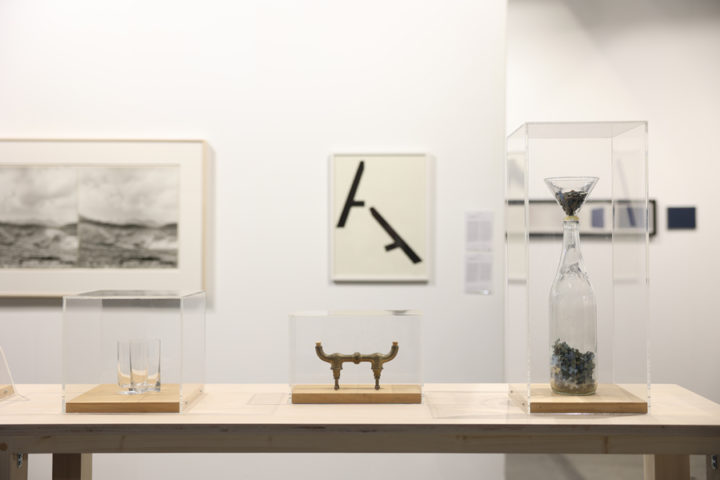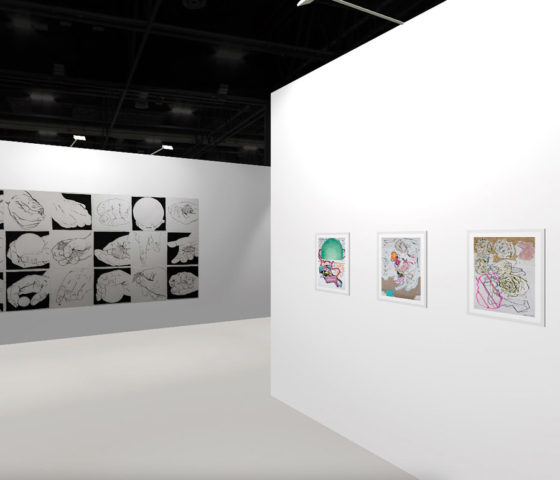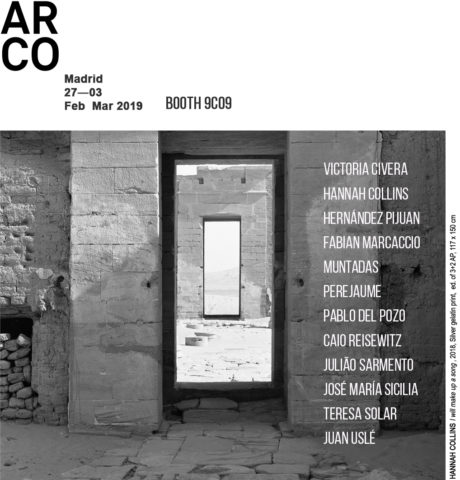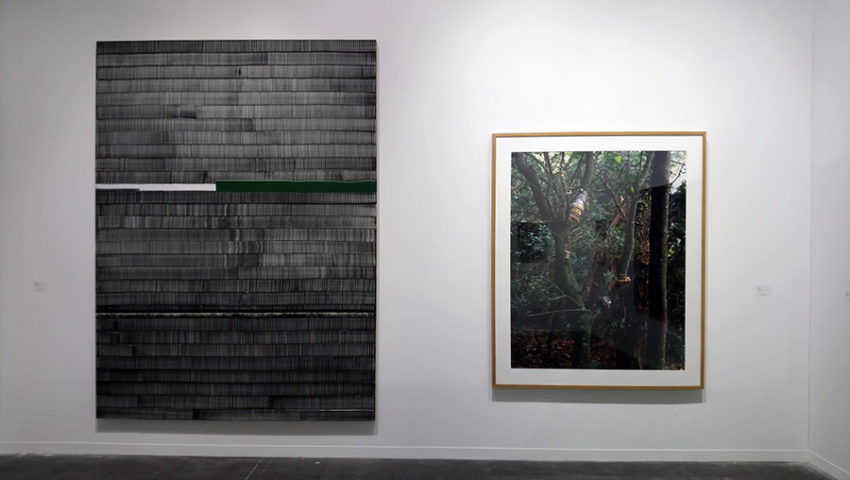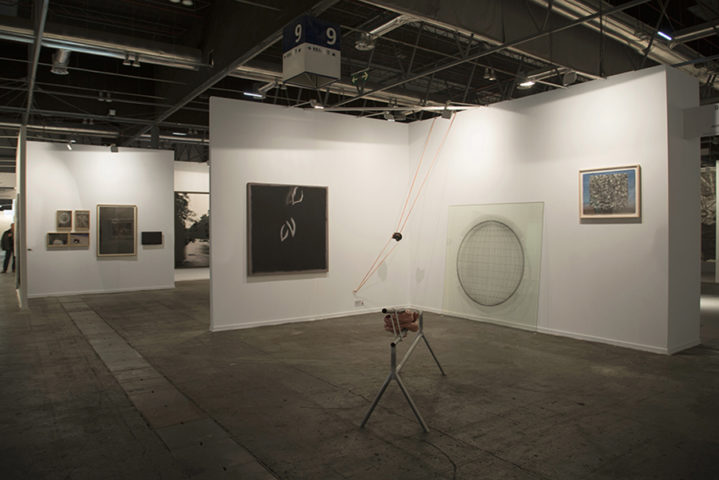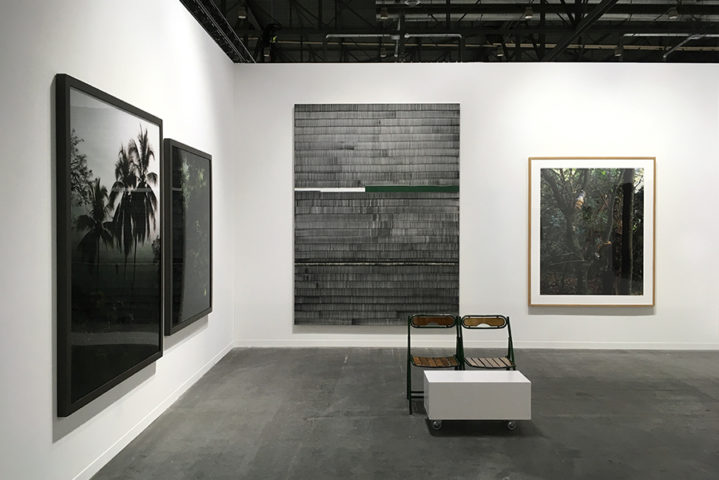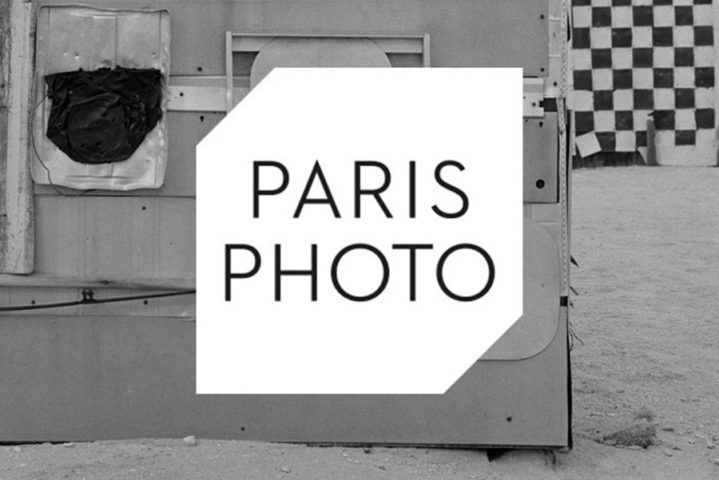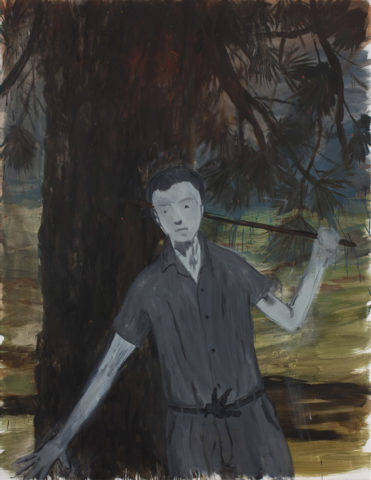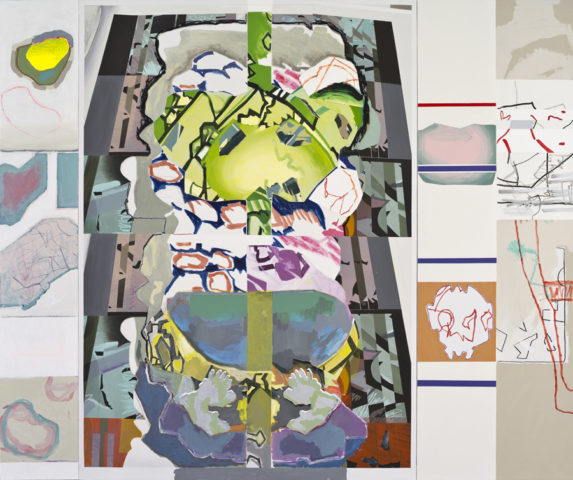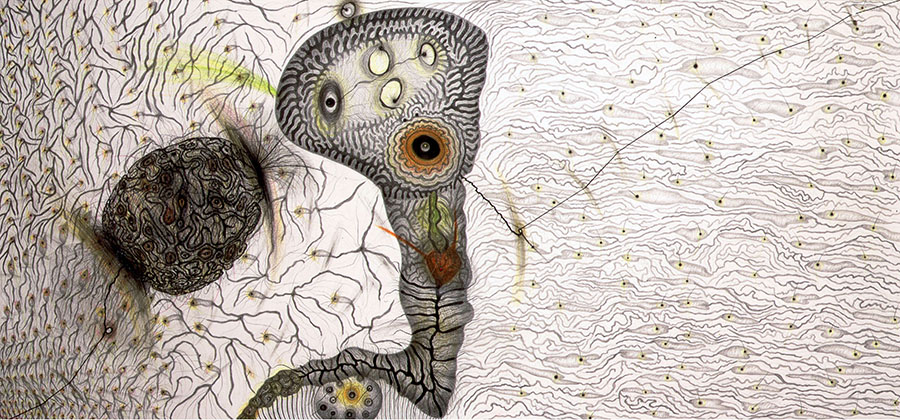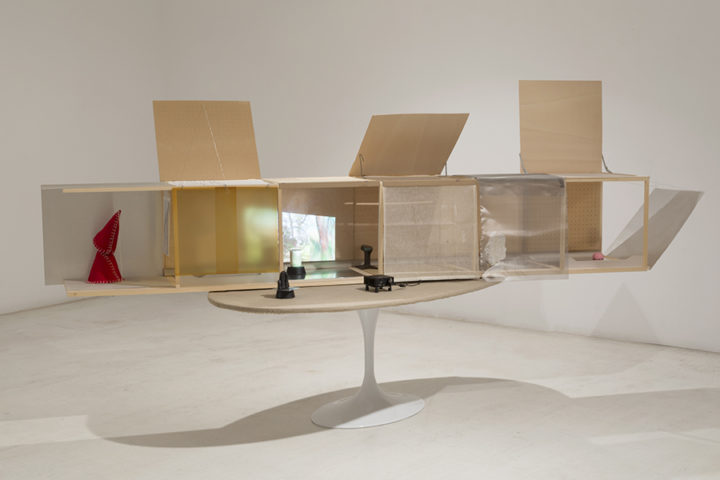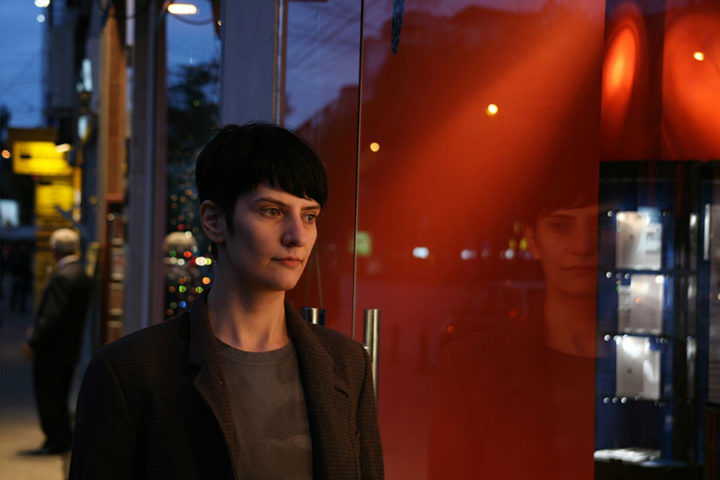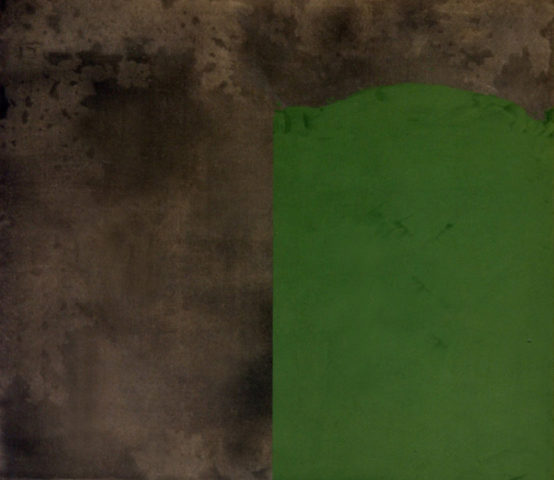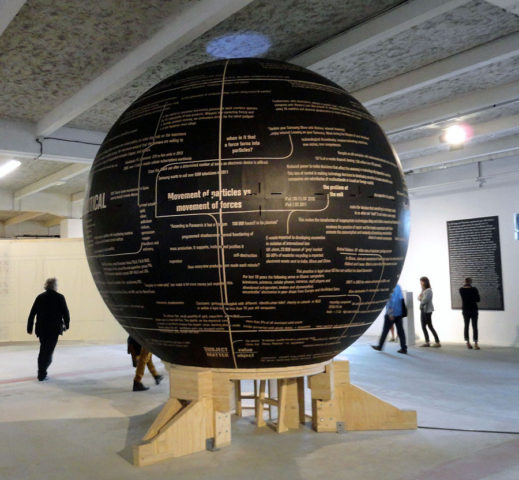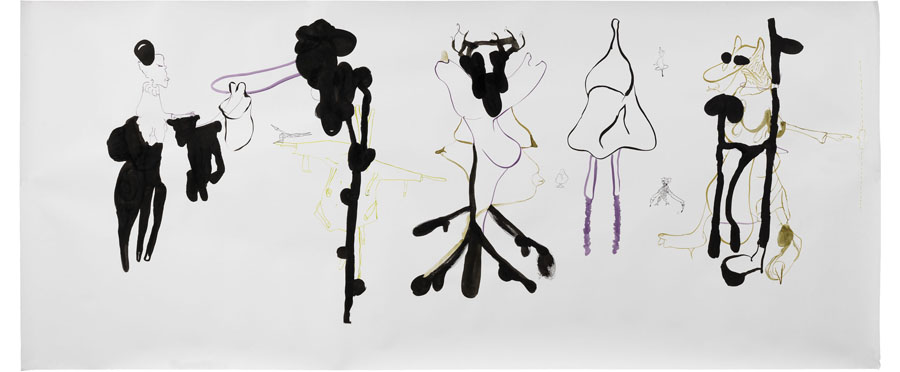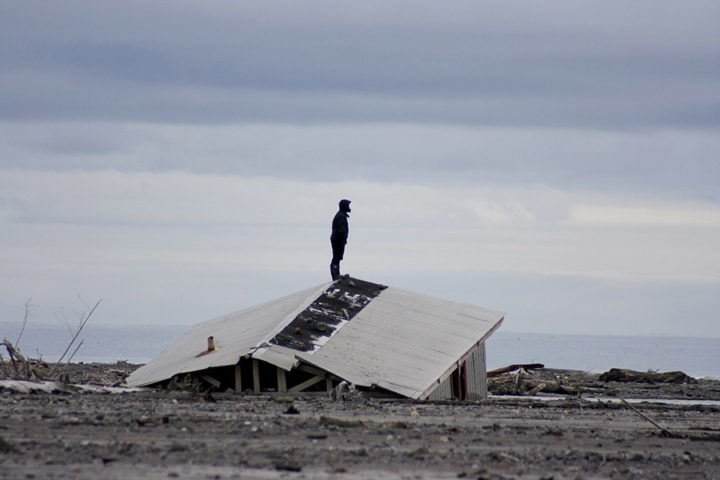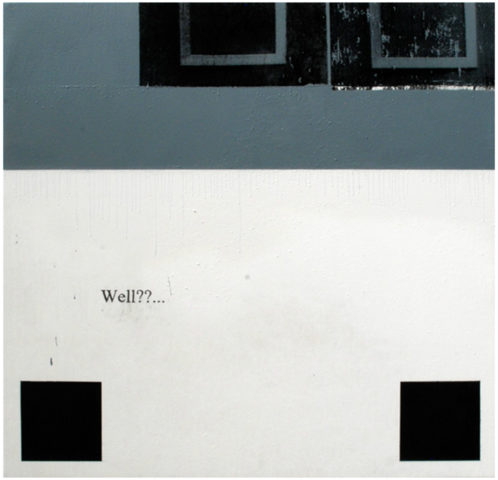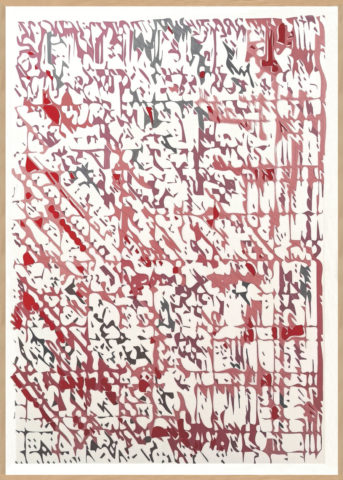Art Brussels 2023 | Galeria Joan Prats,
Booth 5A 26 with NOGUERASBLANCHARD
Rediscovery programme, a presentation of works by
JOAN BROSSA
PEREJAUME
Joan Prats and Nogueras Blanchard’s proposal for Art Brussels 2023 introduces a dialogue between the work of Joan Brossa (Barcelona, 1919 – 1998) and Perejaume (Sant Pol de Mar, 1957). In 1975, Perejaume was fascinated by the first monographic study of Brossa’s poetical work. The interest was mutual, since Brossa was astonished by the combination of surrealism and romanticism depicted in Perejaume’s early work. Being artists of different generations, Brossa and Perejaume crossed paths in their unique approach to poetry through objects, gestures and visual representations.
For Art Brussels we present a selection of historical works – from 1980 to 1990 – a key moment for both Brossa and Perejaume. During this period, Brossa mainly produced “object-poems”; artworks that combine everyday life objects that he decontextualizes from their original function to expand their critical nature. Likewise, Perejaume moved from “painting-painting” to “depainting”. Like Brossa, Perejaume used to manipulate his materials and symbols in a way that does not always indicate a specific point of view but rather approaches the state of the image through inversions of meaning.
These works by Brossa and Perejaume want to enhance the affinity between their ways of seeing poetry and influence. For Perejaume, painting is an exercise of occultation, of veiling with a succession of layers. Metamorfosador attends to this logic by pointing out the origin. By covering the stretcher with a canvas, Perejaume reveals the pictorial gesture of the background. The potential transformation of objects and their concealment are also reflected in Brossa’s object-poems. Eclipsi or Puzzle cease to be objects to become poetic artifacts that are born as an ironic game that generates estrangement in the viewer. Likewise, Projeccions, by Perejaume, and Sense paisatge, by Brossa, hide, show and superimpose points of view, images and objects to rebel against rigid meanings.

